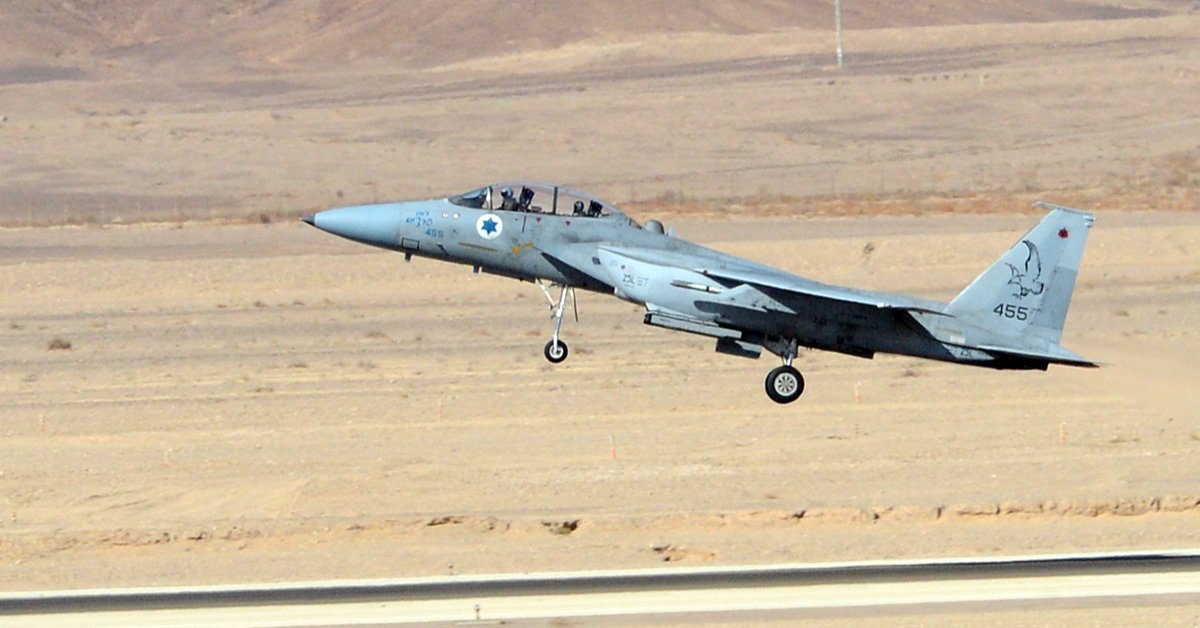Iran’s dilemma in pursuing a nuclear programme
5 November 2024
Iran is forced to reckon with the demise of its main proxy and deterrent, the Lebanese Hezbollah. Much attention is now being paid to its nuclear programme, with many increasingly convinced that only a nuclear shield can protect the country from foreign attacks.
By Kais Makhlouf, MENA Analyst
Iran is in a precarious position. Its most powerful proxy, the Lebanese Hezbollah has been maimed by Israeli campaigns and has failed to deter Israeli military operations in Lebanon and against Iran itself. This has further strained the Iranian establishment’s legitimacy, with the population wondering why resources are allocated to foreign armed groups while the national economy struggles. Even more so when the beneficiaries appear to have so ostensibly failed in their task.
However, the recent setbacks are likely to have reinforced the opinion that the only real guarantee of independence Iran can have is nuclear deterrence, with many wondering whether Ayatollah Khomeini will lift the symbolic moratorium on his country obtaining nuclear weapons. Iran has advanced its nuclear programme and is now believed to be a week from the so-called breakout point, meaning it would need a week to enrich uranium to the threshold required to produce nuclear weapons. The breakout point, while certainly a notable threshold, does not take into account the time Iran would need to integrate the fissile matter into a deliverable warhead, which by some estimates could take up to another 18 months.
Iran knows that this is a card it has left to play, and it has been playing it. Iranian diplomats have been making overtures to the US, seeking to leverage nuclear worries into sanctions relief or pressure on Israel to cease offensive operations, which in Iran’s view are entirely dependent on US aid and abetment. Nevertheless, a weapon that would preserve the regime is too vital an asset to trade away entirely. The threat to Iranian sovereignty is also perceived as very real by those outside of the regime’s apparatus. Iranians can easily compare the fates of Libya, Iraq and Ukraine with that of North Korea to confirm the worldview that the only true protection against the ire of world powers is a nuclear shield.
This forces the Iranian government to straddle a fine line. A nuclear capability must be acquired for the sake of safety, yet the threat of its acquisition must remain hypothetical in order to secure diplomatic concessions. Certainly, if nuclear weapons are obtained, the nature of the game would change. Meanwhile, the difficulty for Iran lies in that the US and Israel have an intimate knowledge of Iranian programmes, meaning it cannot bluff as other actors would during negotiations. Its margin of manoeuvre is therefore reduced to the unknowns surrounding its intent: how badly does Iran want the weapons, and what would it do with its nuclear status – not how far along the programme is or what Iran can achieve.
Whatever path Iran decides to follow, it will likely seek to sanctuarise its immediate vicinity by projecting its power, backing foreign proxies and de-escalating tensions with Saudi Arabia and the US, against Israel’s wishes. If Iran does aim to obtain a nuclear deterrent, it will most likely seek to do so before Saudi Arabia obtains its own by recognising Israel – which in Iran’s worldview is only a matter of time.
RISK ASSESSMENT REPORTS:
Enhance your decision-making with Risk Intelligence's comprehensive risk assessment reports
Tailored to your needs, our reports offer in-depth analyses of threats for specific operations, regions, or routes. Whether it's the Voyage Risk Assessment for operational readiness or the Security Risk Assessment for strategic planning, our insights equip you with the knowledge to mitigate risks effectively.

